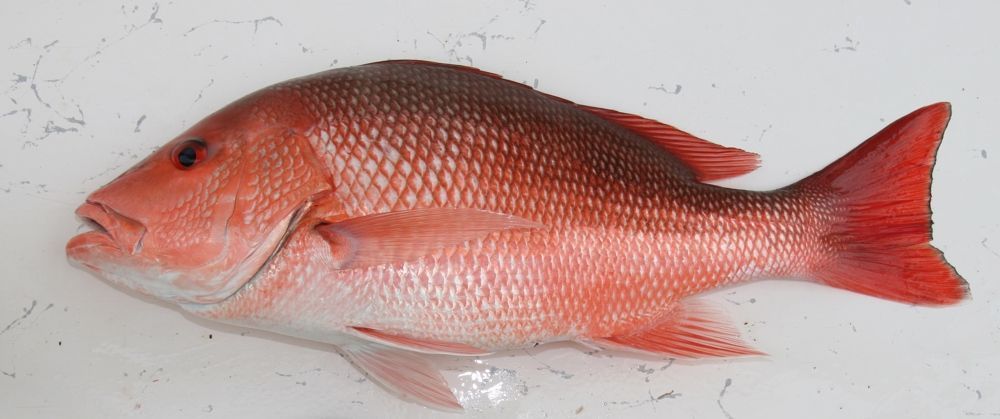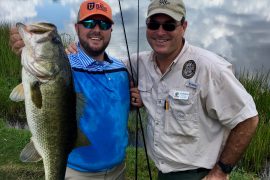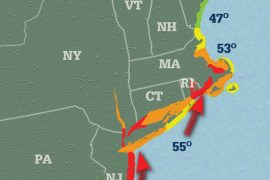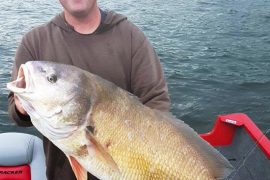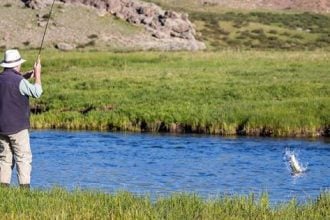
The way recreational anglers’ share of Gulf red snapper is converted into fixed seasons clearly isn’t working and I believe we can do better! However, I think we can all agree that setting science-based catch limits have helped bring red snapper back from the brink, and now is not the time to abandon them.
The recovery of red snapper over the last decade has been amazing to see. I can remember fishing with my dad as a kid off the coast of Texas and we could barely find red snapper. Today you can go to just about any marina and see sizeable red snapper being unloaded with big smiles all around.
The fact is, as the population is rebounding, catch limits for recreational fishermen have more than doubled. The total for the fishery is 14 million pounds this year, split roughly in half between recreational and commercial fishing, with sub-quotas between charter operators and individual anglers. Better management regimes in the commercial and charter industries are keeping both groups within their sustainable limits.
So if the quota has more than doubled in the last decade and other fishing industries aren’t exceeding their limits, why are we facing frustratingly short federal seasons?
First, state fishing seasons have been getting longer, ranging from 365 days in Texas to 85 days in Florida. Prior to the recent season extension announced by the Department of Commerce, it was projected that recreational anglers would catch 81 percent of their red snapper quota in state waters in 2017. Additionally, in eight of the last 10 years (excluding the closure for the BP spill) we have unfortunately exceeded our quota in the private angling component.
Blame for the overage lies squarely with a broken…

